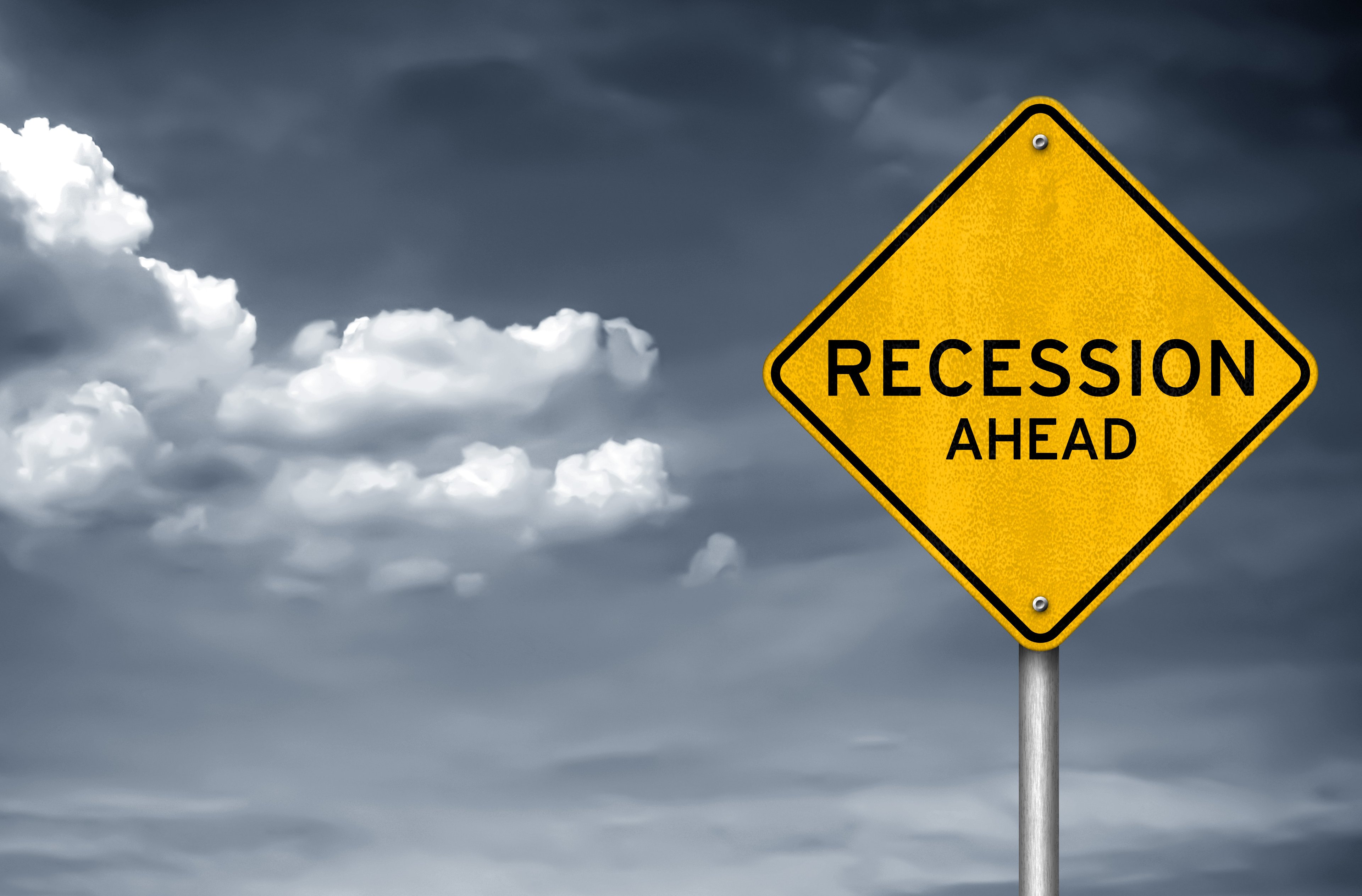We knew it'd take strong economic data to break the broad-based S&P 500 (^GSPC +0.62%) out of its recent funk, and we finally got it this morning.

Surprisingly strong U.S. retail sales data this morning lit a spark under the market which helped end the S&P 500's two-day losing streak. According to the Commerce Department, U.S. retail sales galloped higher by a whopping 1.1% in March as consumers came out of their homes to shop with a vengeance after a very cold winter. Although retailers, big and small, are likely set up for a rough quarter because of the polar vortex, this March surge sets the stage for a rebound in the second quarter.
The start to earnings season also has investors excited with a number of the nation's largest banks kicking things off. As with most earnings seasons there's little reason for investors to worry about corporate growth until there's actually a reason to (i.e., don't worry about a fire until you see smoke). It may be early, but we haven't been given any reasons for investors to duck and cover as of yet, so that also likely helped contribute to today's upside move.
By day's end, the S&P 500 had advanced by 14.92 points (0.82%) to close at 1,830.61.

Source: Eric Kounce, Wikimedia Commons.
The big gainer of the day, by a long shot, was oil and gas exploration and development company Goodrich Petroleum (NYSE: GDP), which jumped 30.2% after announcing the completion of the Blades 33H-1 well in Tangipahoa Parish, La. As the company noted in its press release, the well achieved a peak 24-hour average production rate of 1,270 barrels of oil equivalent. Furthermore, Goodrich notes that the well was completed under budget. At the moment, Goodrich has three wells up and running on its 300,000 net acres and plans to bring that total to five by the end of the year if recovery success continues. Considering that 59.5% of Goodrich's shares are currently held short, it's little wonder why shares rocketed to the upside. With substantial debt and ongoing losses I'd remain cautious about Goodrich's outlook here, but with short-sellers in a bind to cover, there may be some very short-term additional upside in the stock.
Online and mobile health information services provider WebMD (WBMD +0.00%) surged 16.5% after it announced that its first-quarter revenue and EBITDA should be at the high-end of previous forecasts. WebMD's CEO David Schlanger attributed the strength to higher second-half sales activity in Q1, with the company generating a whopping 3.5 billion page views during the quarter. For the full-year, WebMD's forecast of $545 million to $575 million in revenue remains in-line with Wall Street's expectations. While I'm certainly pleased to see WebMD's top-line growth moving higher, I'd personally attribute this strength to the uncertainties surrounding Obamacare than anything else. WebMD has shown a penchant for erratic earnings growth of late and that's more than enough to keep me parked on the sidelines.

Medtronic Mounds View Campus, Source: Medtronic.
Finally, surgical heart valve products developer Edwards Lifesciences (EW +2.00%) climbed 11% after a Delaware court levied an injunction on sales of Medtronic's (MDT +2.96%) CoreValve system which is set to begin this coming Friday. The ruling stems from a patent litigation case brought against Medtronic by Edwards Lifesciences whereby Medtronic's CoreValve was found to have infringed on Edward's Andresen transcatheter aortic value replacement patent. The two parties will now need to confer and decide in what instances CoreValve can still be used, although Medtronic has made no qualms about its intention to appeal the decision. This is certainly a win for Edwards Lifesciences, but shareholders will want to keep in mind that this decision only pertains to sales of CoreValve within the U.S., not around the world, and that Edwards' current valuation looks a bit frothy next to its 5% top-line growth expectations.








